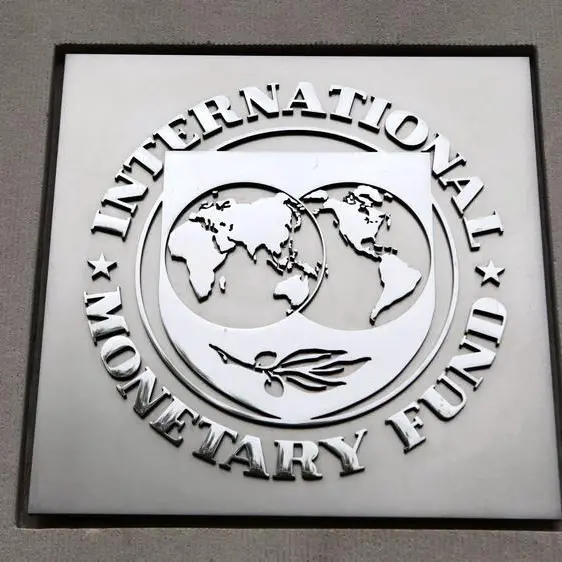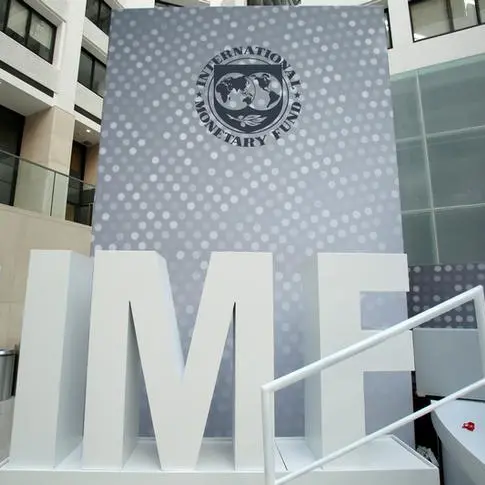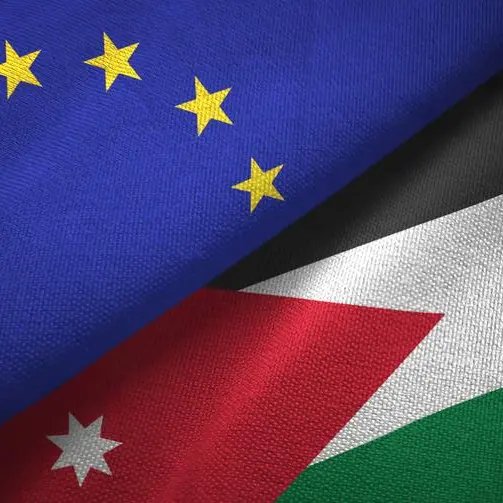PHOTO
The United Arab Emirates (UAE) introduced a 5 percent value-added tax (VAT) on a number of good and services in January 2018. The Emirates has issued a detailed law and regulatory framework outlining the tax rules. That said, six months after the implementation of VAT on January 1, some investors and businesspeople are still confused about how to apply the rules to certain areas.
Zawya has begun a series of stories on some of more confusing issues that have arisen from discussions held with a number of businesspeople, and asked experts for their views on how the laws should be applied. The first story on July 8, 2018, looked at how VAT should be applied to staff housing and accommodation.
In the second of this series, we address issues surrounding the application of VAT to loans, credit payments and other financial services products.
Details on the VAT treatment of financial services is covered in article 42 of the UAE’s VAT executive regulations, but some confusion remains.
Issue: There are different kinds of loans, but are they treated in the same way for VAT?
“VAT is applicable on loan processing charges,” Pritam Mahure, partner in UAE-based Morison MJS Tax Consultancy, told Zawya in an email interview on Wednesday.
“Even (if) a loan was approved in 2017 but processed in 2018, VAT liability could trigger (assuming that invoice is also raised in 2018),” Mahure added.
Mahure added that interest on loans is not subject to VAT.
Issue: How is VAT applied to instalment payments?.
“Instalments comprise of principal amount(s) and interest and both are not subject to VAT,” Mahure said.
Issue: How is VAT applied to banking services?
According to Mahure, VAT is now applied on all banking dealings, whether they are business-to-business (B2B) or business-to-customer (B2C) transactions. Those services include “transfer charges, request(s) for cheque books and any service fees including those imposed on credit cards”.
Issue: What impact does VAT have on the banking services market?
“In the UAE, VAT rate is reasonable compared to other countries across the world,” Mahure said.
Most countries charge VAT at a rate of over 10 percent, compared with the UAE’s 5 percent. VAT is charged at 14 percent in Egypt and at 20 percent in the United Kingdom.
“Further, in the initial phase, the Central Bank (of the UAE) had requested banks not to charge VAT above capped fees (this instruction was valid until June, 2018). This has ensured lesser burden of VAT on the B2C segment,” Mahure said.
According to a report by consultancy firmPwC last month, the central bank initially prevented banks and finance companies from increasing existing fees for individuals and business customers as a result of VAT. Now banks and finance companies are allowed to charge VAT on the top of their fees.
For more details on the VAT rules in the UAE, click here.
NOTE: If you have queries you would like answered in relation to a business activity and how it applies to VAT, please contact our reporter and we will make every attempt to seek out an answer.
For Zawya's Special Coverage on the introduction of VAT to the Gulf Cooperation Council states, click here.
(Reporting by Yasmine Saleh; Editing by Michael Fahy)
(yasmine.saleh@thomsonreuters.com)
Our Standards: The Thomson Reuters Trust Principles
Disclaimer: This article is provided for informational purposes only. The content does not provide tax, legal or investment advice or opinion regarding the suitability, value or profitability of any particular security, portfolio or investment strategy. Read our full disclaimer policy here.
© ZAWYA 2018












